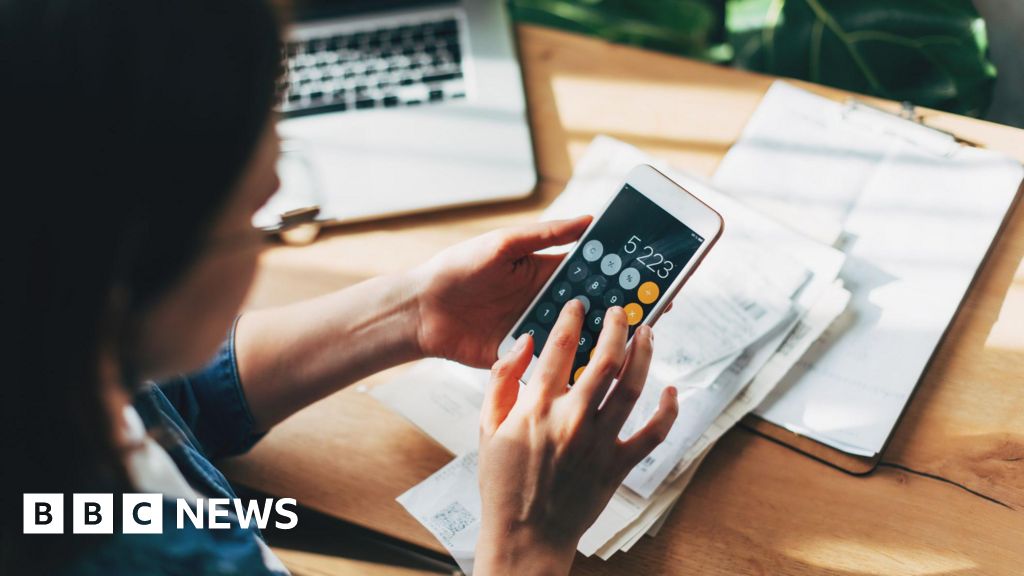The contemporary workforce is facing an unprecedented stress crisis, with 83% of U.S. workers reportedly suffering from work-related stress. Globally, only 32% of employees claim to be thriving in their roles, while a staggering 43% report high levels of daily tension. This relentless pressure has led to an alarming 50% of U.S. professionals feeling on the brink of burnout, causing those who feel strained to be over three times more likely to seek alternative employment.
Employers are recognizing this critical issue, responding with innovative solutions like virtual mental health support, meeting-free days and flexible work scheduling. However, these strategies must translate into genuine recovery to be effective, with absenteeism stemming from depression costing American companies an overwhelming $51 billion annually, along with an extra $26 billion for treatment expenses.
As HR leaders explore the latest technological tools and strategies to combat workplace stress, a comprehensive perspective emerges, focusing on proven techniques and groundbreaking approaches. These methodologies are not only transforming how we perceive and handle stress but also shaping a future where wellbeing and productivity unite to create a healthier, more balanced work environment.
Using predictive analytics for stress identification
The intersection of AI and mental health presents innovative approaches to stress identification, with some employers leveraging predictive analytics for the early detection of potential burnout cases. This involves a multifaceted process where machine learning comes into play—starting with collecting, cleansing and preprocessing data, followed by applying feature engineering techniques to extract meaningful patterns related to stress. These might include statistical measures, frequency domain analysis or time-series analysis to help business leaders recognize physiological or behavioral stress indicators.
Researchers leverage machine learning models such as logistic regression, SVM, decision trees, random forests or neural networks, utilizing labeled data to classify stress levels. Model performance is evaluated using metrics like accuracy, precision, recall and the F1-score, leading to real-world applications for real-time stress monitoring. Further, continuous updates and user feedback are essential for precision enhancement.
See also: Therapy dogs, trauma dumping and what HR leaders really think about mental health
Personalized stress management with digital wellness platforms
Digital wellness platforms equipped with AI are creating a paradigm shift in personalized stress management. It’s anticipated that, between 2023 and 2027, there will be an annual growth rate of 13.32% in this sector. This robust expansion is projected to culminate in a market volume reaching approximately $47.7 billion by the year 2027.
Leveraging sophisticated algorithms, these platforms analyze the individual needs and preferences of users, providing comprehensive digital solutions for physical, mental and emotional health. By recognizing the multifaceted nature of wellbeing, encompassing aspects such as sleep, nutrition, mental health and work/life balance, AI enables a holistic approach. These tailored experiences empower employees to take control, engaging in activities that alleviate stress and enhance overall health and resilience.
The interactive nature of these platforms, complete with dashboards and a variety of resources, enables employees to actively track their progress and align activities with specific needs. This personalized touch increases engagement and motivation, leading to sustained wellbeing practices. Innovative features such as those encouraging time management, prioritization and boundaries between work and personal life underline a proactive approach. The convergence of technology with the human aspect of wellbeing heralds a transformative shift in mental healthcare, emphasizing not just precision but a personalized, encompassing and resilient approach to mental fitness.
IoT and biometrics: real-time stress detection and management
Wearable technology, embedded with sensors and biometric recognition features, is capable of continuously monitoring physiological indicators. Devices like smart earphones, rings and glasses are designed to monitor vital biometrics, including heart rate variability, with leading brands such as Garmin, Apple Watch and Fitbit at the forefront of this innovation. By analyzing these parameters, sophisticated algorithms can discern subtle signs of stress, often undetectable by human observation.
Consequently, these devices can trigger timely interventions, either through automated notifications or integration with other smart systems. For example, smart earphones and rings often focus on monitoring sleep patterns, body temperature and other vital biometrics, providing actionable insights into restful practices. Based on the insights, these devices can also play relaxing sounds or offer visual cues for stress reduction. Thus, the convergence of IoT and biometrics offers a promising avenue for personalized, real-time stress management, bridging the gap between technology and individual wellbeing.
Related: As mental health crisis grows, leave requests are on the rise
Immersive technologies in employee wellbeing
Virtual reality is making inroads as an innovative tool for employee stress relief, providing immersive experiences that transport individuals into calming environments. Leveraging high-definition graphics and spatial audio, VR creates authentic experiences, such as guided meditations or serene landscapes, offering employees a mental escape during breaks. Several forward-thinking companies are adopting VR solutions for their workforce, capitalizing on customized programs tailored to individual needs.
Notable examples of the use of VR for stress relief include innovative applications such as DEEP VR, a meditative virtual game developed in collaboration with Radboud University. This unique platform allows users to explore an underwater world using a belt that measures breathing to guide movement. By encouraging deep and slow breathing—proven to relax the body’s nervous system—the game aims to lower stress levels.
Similarly, SoundSelf by Andromeda Entertainment is a VR-supported meditation experience that alters its virtual environment in response to the player’s breathing, creating a meditative trance. Healium takes a distinct approach by combining VR and AR with neurofeedback. It constructs a virtual environment based on the user’s brainwaves.
Future directions for stress management in the digital workplace
The future of stress management in the digital workplace looks promising, guided by a synergy between technology and human-centric wellness initiatives. Technologies like AI, IoT and VR are providing innovative pathways for personalized care, real-time interventions and immersive experiences, yet they form only a part of a comprehensive wellbeing strategy.
The continued investment in research and development is paramount to unlock further potential and ensure that the solutions align with the diverse needs of the modern workforce. Businesses must recognize employee mental health as a strategic priority, integrating technology with broader wellness programs, fostering a culture of empathy, and building resilient and thriving work environments.
Credit: Source link











